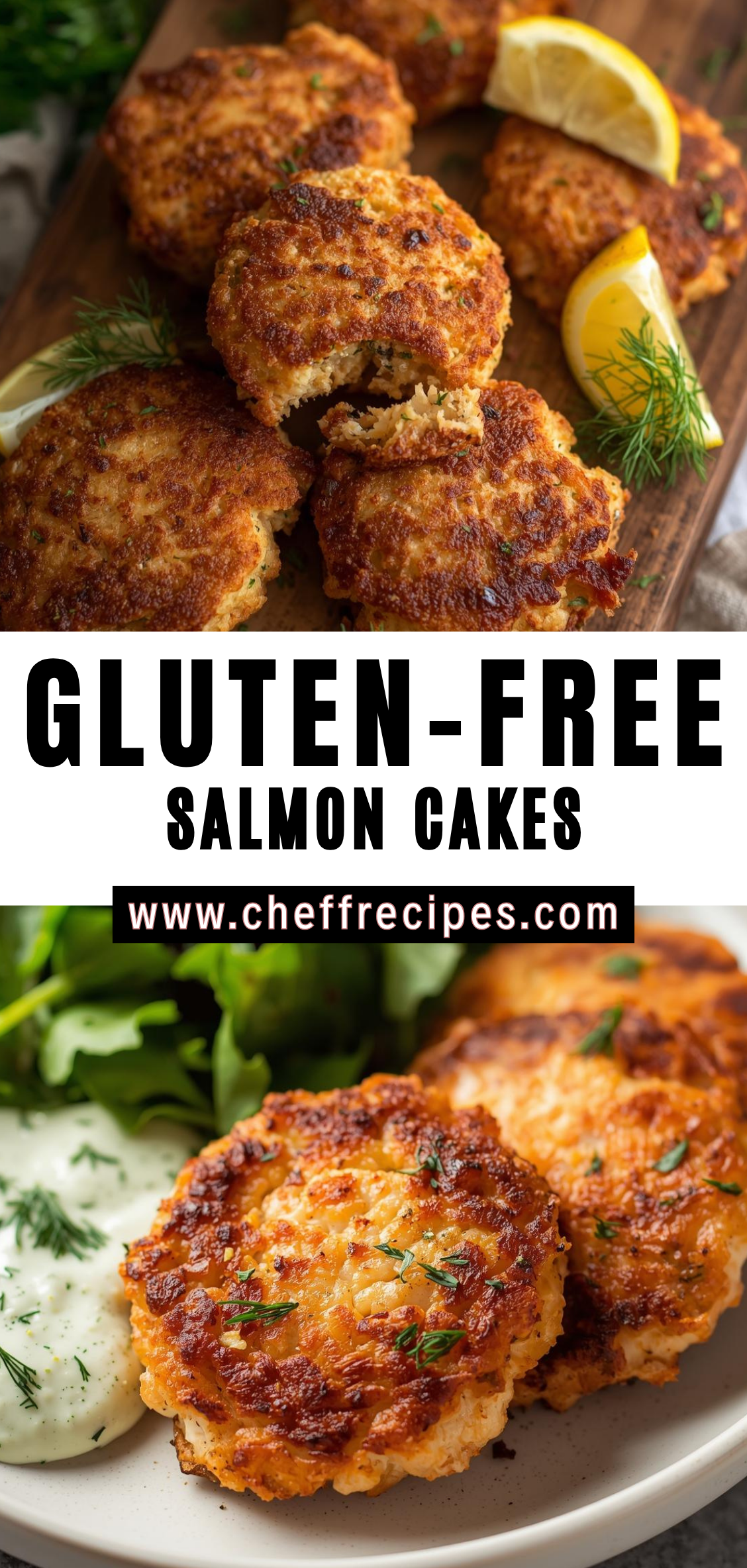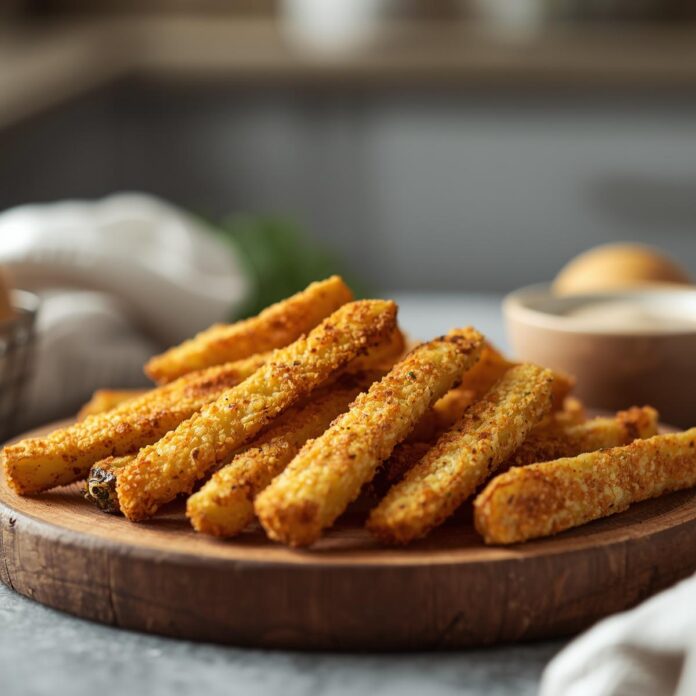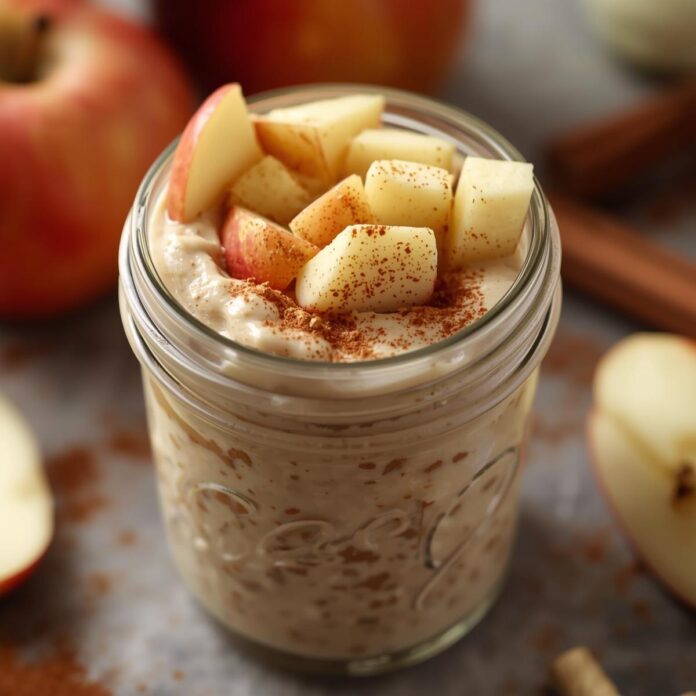Salmon cakes are a timeless dish that blend the comfort of home cooking with the elegance of a restaurant-worthy meal. Whether served as a light lunch, a satisfying dinner, or even an appetizer at a gathering, they have an irresistible appeal that stems from their delicate balance of textures and flavors—crisp on the outside, tender and flavorful within. For those following a gluten-free lifestyle, however, the traditional preparation of salmon cakes, which often relies on breadcrumbs or flour as a binder, can be problematic. This Gluten-Free Salmon Cakes Recipe is designed to offer a wholesome, flavorful, and accessible alternative that maintains the beloved character of the dish without compromising dietary needs or taste.

In today’s culinary landscape, gluten-free cooking has evolved from a niche concern into an essential aspect of inclusive dining. More individuals are recognizing sensitivities or intolerances to gluten, while others simply prefer to reduce their gluten intake for digestive health or wellness reasons. Fortunately, gluten-free adaptations of classic recipes have become not only possible but often even superior in taste and nutrition. These salmon cakes are a shining example of how thoughtful ingredient selection and culinary technique can produce a gluten-free dish that satisfies both body and palate.
At its core, this recipe emphasizes the natural richness of salmon—a fish prized for its vibrant flavor, versatility, and nutritional value. Salmon is abundant in omega-3 fatty acids, high-quality protein, and essential vitamins such as B12 and D, making it a cornerstone of many balanced diets. When transformed into tender, pan-seared cakes, it takes on a new dimension: hearty yet refined, familiar yet fresh. The goal of this gluten-free recipe is not simply to replicate a traditional version, but to enhance it with clean, wholesome ingredients that let the salmon truly shine.
The development of these salmon cakes draws inspiration from coastal cuisines across the world—particularly those of the Pacific Northwest, New England, and Northern Europe—where salmon has long been a celebrated staple. In these regions, cooks have found creative ways to stretch a single fillet or a few leftovers into something both substantial and deeply satisfying. The gluten-free adaptation continues that tradition of ingenuity, using ingredients such as almond flour, gluten-free breadcrumbs, or mashed root vegetables to achieve a perfect texture without relying on wheat-based binders.
One of the joys of cooking salmon cakes is their remarkable adaptability. They can be served warm or cold, paired with a crisp salad for a light meal or nestled in a gluten-free bun for a more filling sandwich. They welcome countless accompaniments: a zesty lemon-dill sauce, a tangy yogurt-based dressing, or even a spicy aioli. Each version offers a different expression of the same underlying harmony—protein-rich salmon balanced with aromatic herbs, bright citrus, and subtle seasoning.
Beyond their versatility, these gluten-free salmon cakes embody a mindful approach to cooking. They encourage home cooks to make the most of available resources, as the recipe works beautifully with both fresh and canned salmon. This flexibility makes it suitable for busy weeknights, budget-conscious households, or those looking to reduce food waste by repurposing leftover fish. By focusing on accessible, nutritious ingredients, the recipe not only delivers exceptional flavor but also aligns with a sustainable and health-conscious kitchen philosophy.
In crafting a gluten-free version of a dish like salmon cakes, attention to detail is key. The right combination of moisture, binding agents, and texture ensures that the cakes hold together during cooking while remaining light and tender inside. This recipe explores various gluten-free binders and coating options—from crushed rice crackers to ground flaxseed—to help you find your ideal balance. With step-by-step guidance, even novice cooks can master the technique of shaping, pan-searing, and serving salmon cakes that are as visually appealing as they are delicious.
Ultimately, this recipe represents more than a simple substitution of ingredients—it is a reimagining of a culinary classic for modern, health-aware cooks. It demonstrates that gluten-free eating need not feel restrictive or limiting. Instead, it invites creativity, flavor exploration, and the pleasure of crafting meals that nourish and satisfy. Every bite of these gluten-free salmon cakes tells a story of thoughtful preparation, respect for ingredients, and the joy of sharing good food with others.
As you move through the sections that follow, you’ll find detailed information on ingredient selection, preparation techniques, flavor variations, and serving suggestions, along with insights into the nutritional benefits of each component. By the end, you’ll not only have a reliable recipe but also a deeper appreciation for how gluten-free cooking can elevate even the most familiar dishes.
Instructions
Phase 1: Preparing the Salmon
The foundation of any great salmon cake is the quality and preparation of the salmon itself. You can use fresh, cooked salmon or canned salmon, depending on what’s available and your time constraints. The following steps outline both methods.
1. Selecting the Salmon
Choose high-quality salmon for the best flavor and nutritional value. Wild-caught salmon varieties such as Sockeye, Coho, or King salmon are rich in omega-3 fatty acids and have a naturally robust flavor. Farmed salmon can also be used, but opt for sustainably raised sources whenever possible.
If using canned salmon, check that the label indicates “gluten-free” and that no wheat-containing preservatives or seasonings are added. Drain the canned salmon thoroughly before using, and remove any large bones or pieces of skin if you prefer a smoother texture.
2. Cooking Fresh Salmon
If starting from raw fillets:
-
Preheat your oven to 375°F (190°C).
-
Lightly brush a baking sheet with olive oil or line it with parchment paper.
-
Place the salmon fillets skin-side down and season with a pinch of salt and black pepper.
-
Bake for 12–15 minutes, or until the salmon flakes easily with a fork and is opaque throughout.
-
Allow the salmon to cool completely before flaking it into medium-sized chunks. Avoid over-shredding—the cakes hold their texture better when small pieces of salmon remain intact.
If you have leftover grilled or poached salmon, it can be used in the same way. The goal is to have about 1½ pounds (680 g) of cooked, flaked salmon.
Phase 2: Assembling the Mixture
The mixture is the heart of the recipe, where the salmon meets its supporting ingredients: binders, moisture, herbs, and seasoning. Because we are keeping it gluten-free, we’ll use a combination of naturally gluten-free binders that offer structure without heaviness.
1. Gather Your Ingredients
You’ll need:
-
Cooked salmon (flaked)
-
Eggs (for binding)
-
Gluten-free breadcrumbs or almond flour
-
Finely chopped onion or shallot
-
Minced garlic (optional but recommended)
-
Fresh herbs such as parsley, dill, or chives
-
Dijon mustard (check for gluten-free certification)
-
Lemon juice or zest for brightness
-
Salt and pepper to taste
2. Mix the Wet Components
In a large mixing bowl, whisk together:
-
2 large eggs
-
1 tablespoon Dijon mustard
-
1 tablespoon lemon juice
-
2 tablespoons mayonnaise or Greek yogurt (for moisture and creaminess)
Whisk until the mixture is smooth and slightly frothy. This base helps hold the salmon together and prevents dryness during cooking.
3. Combine the Dry Ingredients
In a separate bowl, mix together:
-
½ cup gluten-free breadcrumbs (or ⅓ cup almond flour for a grain-free option)
-
A pinch of salt and freshly ground black pepper
-
Optional: 1 tablespoon finely chopped chives or green onion for added aroma
The breadcrumbs (or almond flour) serve as the gluten-free binder. Almond flour gives a nutty flavor and slightly denser texture, while gluten-free breadcrumbs create a lighter, more traditional feel. You can also substitute with crushed gluten-free rice crackers or oat flour for variation.
4. Combine Everything
Add the flaked salmon and the dry ingredients to the wet mixture. Use a large fork or clean hands to gently fold everything together until evenly combined. Avoid overmixing—too much stirring can make the cakes dense. The mixture should be moist but firm enough to hold its shape when pressed.
If the mixture feels too loose, add another tablespoon of breadcrumbs or almond flour. If it feels dry, incorporate a teaspoon of olive oil or a splash of lemon juice.
Phase 3: Shaping the Salmon Cakes
1. Forming the Patties
Scoop up about ⅓ cup of the mixture and shape it into a compact patty about 1 inch thick. You should end up with 8–10 cakes, depending on size.
Tip: Lightly oil your hands or wear disposable gloves to prevent sticking as you shape the cakes.
2. Optional Chilling Step
Place the shaped cakes on a parchment-lined baking tray. Refrigerate for 20–30 minutes before cooking. This chilling period helps the cakes firm up, making them easier to handle and less likely to fall apart during cooking. If you’re short on time, you can skip this step, but it’s highly recommended for a professional finish.
Phase 4: Cooking the Salmon Cakes
There are two main methods for cooking gluten-free salmon cakes: pan-searing and baking. Each has its advantages.
Method 1: Pan-Searing (Classic and Crisp)
-
Heat 2 tablespoons olive oil or avocado oil in a large nonstick skillet over medium heat.
-
Once the oil is shimmering, add the salmon cakes in batches, leaving space between each one.
-
Cook for 3–4 minutes per side, until golden brown and crisp. Avoid moving them too soon; allow the crust to form before flipping.
-
Transfer cooked cakes to a paper towel–lined plate to absorb excess oil.
Pan-searing yields the best flavor and texture—crispy on the outside, tender within.
Method 2: Baking (Healthier and Hands-Free)
-
Preheat the oven to 400°F (200°C).
-
Line a baking sheet with parchment paper and lightly brush or spray it with olive oil.
-
Arrange the salmon cakes evenly on the tray.
-
Bake for 15–18 minutes, flipping halfway through, until both sides are lightly golden.
Baked salmon cakes are slightly softer in texture but lower in fat, making them ideal for meal prep or lighter diets.
Phase 5: Serving and Presentation
When cooked, the salmon cakes should be golden brown with a firm exterior and moist interior. Serve them warm or at room temperature. Here are some serving ideas to elevate your presentation:
-
With a Sauce: Pair with gluten-free sauces such as lemon-dill yogurt sauce, garlic aioli, or a light avocado crema.
-
As a Meal: Serve with a side salad of mixed greens, roasted vegetables, or a quinoa pilaf.
-
In a Sandwich: Place inside a toasted gluten-free bun with lettuce, tomato, and tartar sauce for a salmon burger variation.
-
As Appetizers: Make smaller, bite-sized cakes and serve with toothpicks and a dipping sauce for parties or gatherings.
Garnish with a wedge of lemon and a sprinkle of fresh herbs for color and freshness.
Phase 6: Chef’s Tips for Perfect Gluten-Free Salmon Cakes
-
Do not overmix. The texture depends on keeping small salmon flakes intact.
-
Balance moisture. The mixture should be cohesive but not wet. Adjust binders as needed.
-
Use fresh herbs generously. Dill, parsley, or cilantro brighten the flavor.
-
Add zest. Lemon zest enhances aroma and lifts the richness of the salmon.
-
Rest before cooking. Chilling the cakes helps them hold together beautifully.
Gluten Free Salmon Cakes
Salmon cakes are a timeless dish that blend the comfort of home cooking with the elegance of a restaurant-worthy meal. Whether served as a light lunch, a satisfying dinner, or even an appetizer at a gathering, they have an irresistible appeal that stems from their delicate balance of textures and flavors—crisp on the outside, tender and flavorful within. For those following a gluten-free lifestyle, however, the traditional preparation of salmon cakes, which often relies on breadcrumbs or flour as a binder, can be problematic. This Gluten-Free Salmon Cakes Recipe is designed to offer a wholesome, flavorful, and accessible alternative that maintains the beloved character of the dish without compromising dietary needs or taste.
Ingredients
- 2 (6 oz) cans wild-caught salmon, drained and flaked (or about 1 ½ cups cooked salmon)
- 2 large eggs
- ¼ cup finely chopped red onion
- ¼ cup finely chopped celery (optional for crunch)
- 2 tablespoons fresh parsley, chopped
- 1 tablespoon Dijon mustard (ensure gluten-free)
- 1 teaspoon lemon juice
- ½ teaspoon garlic powder
- ¼ teaspoon smoked paprika (optional)
- ¼ teaspoon salt
- ¼ teaspoon black pepper
- ½ cup gluten-free breadcrumbs or crushed gluten-free crackers
- 2 tablespoons olive oil or avocado oil for frying
Instructions
Notes
- Fresh salmon option: You can use cooked, flaked salmon instead of canned. Leftover salmon works great.
- Serving ideas: Great with a green salad, roasted vegetables, or on gluten-free buns for salmon burgers.



